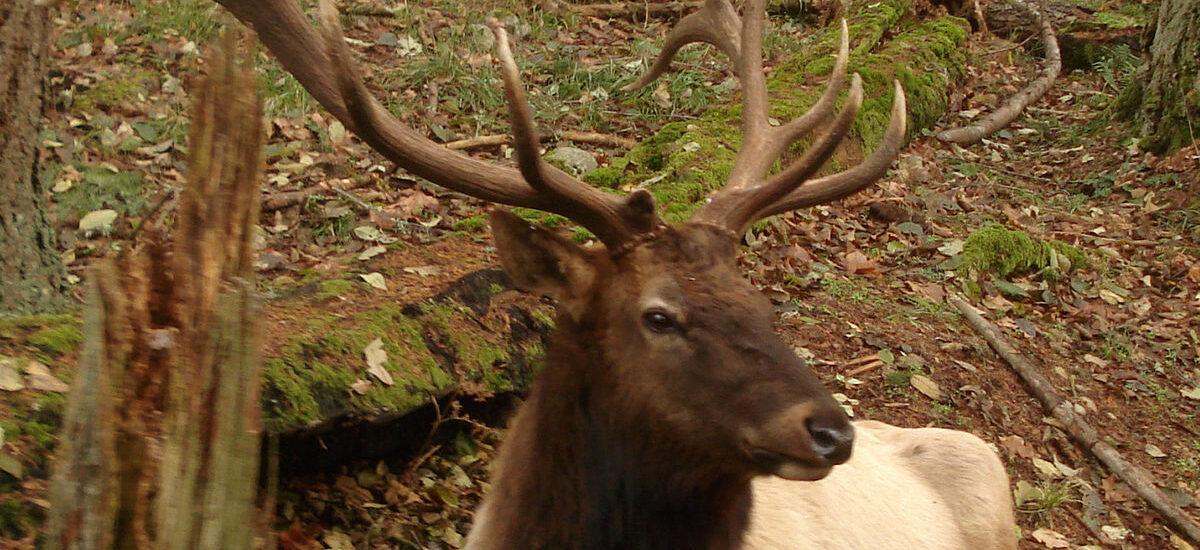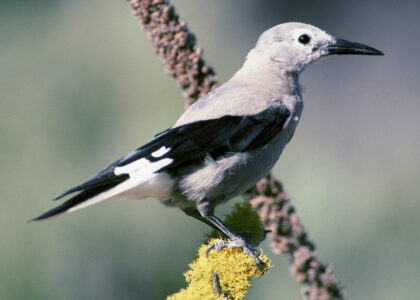Welcome to the majestic realm of the Roosevelt Elk, a captivating location that offers a glimpse into the rich biodiversity of Northern California. Nestled within the lush landscapes of Humboldt County, this area is not only home to these magnificent creatures but also holds a tapestry of history that intertwines with the natural beauty of the region.
The Roosevelt Elk is named after President Theodore Roosevelt, a staunch conservationist who established numerous national parks, forests, and monuments across the United States. Known for their impressive size, Roosevelt Elk are the largest of the four North American elk subspecies and can weigh up to 1,100 pounds. Observing these creatures in their natural habitat is truly a remarkable experience, as they showcase the wild majesty of the American West.
Historically, the area surrounding the Roosevelt Elk has been a pivotal site for conservation efforts. In the early 20th century, the population of these elk dwindled due to overhunting and habitat loss. Through concerted efforts by conservationists and government agencies, their numbers were revived, highlighting a successful story of ecological preservation.
The surrounding region is also rich with stories of indigenous tribes, such as the Yurok and Karuk people, who have lived in harmony with the land for thousands of years. These tribes have a profound connection to the elk, considering them an integral part of their cultural heritage and subsistence practices.
In more recent history, the area gained attention during the environmental movement of the late 20th century. Activists, inspired by the need to protect these ancient forests and their inhabitants, rallied to prevent deforestation and preserve the natural landscape. One notable figure was Julia Butterfly Hill, who famously lived in a redwood tree for over two years to protest logging operations, bringing global attention to the cause.
Today, the Roosevelt Elk area serves as a reminder of the delicate balance between human activity and nature. It stands as a testament to the power of conservation and the importance of protecting our natural world for future generations. Visitors to this region can not only enjoy the breathtaking views and serene environment but also reflect on the rich history and ongoing efforts to maintain the ecological integrity of this splendid landscape.



